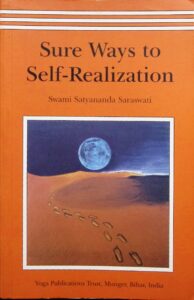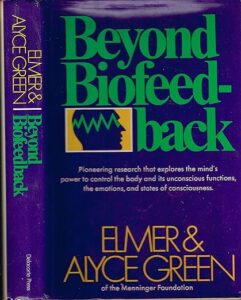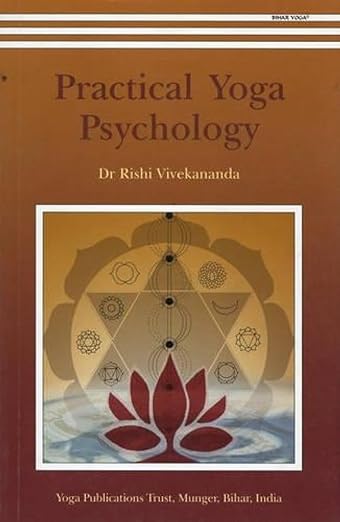
“Practical Yoga Psychology” by Dr Rishi Vivekananda, © Bihar School of Yoga 2005, Yoga Publications Trust, Munger, Bihar, India
CONTENTS:
Introduction 1
Some Principles of Yoga
- What is Yoga? 9
- The Koshas – Our Great Human Heritage 23
- The Chakra Systems – Centres of Unity 36
- The Gunas – Steps of Evolvement 43
- Swara Yoga – The Balance of Life 49
- The Mind and Personality 64
A Yogic View of Personality and its Evolvement - Personality and the Aspects of the Chakra Systems 91
- Evolvement of the Aspects of the Personality 100
- Different Chakra Aspects Dominant in each Individual 125
- A Seven Dimensional Model of the Personality 146
The Benefits of a Yogic Lifestyle - General Lifestyle Considerations 157
- Raja Yoga Lifestyle Principles 173
- The Karma Yoga Life 188
- The Path of Bhakti 199
- Jnana Yoga in Our Life 203
Yoga Techniques for Evolvement - Physical Techniques 215
- Meditation Group of Practices 245
An Overview of Yoga and our Evolvement - How Yoga Evolves Vicious Circles into Virtuous Circles 263
- Yogic Mechanisms of Evolvement 273
Conclusion 290
Glossary 295
Bibliography 300
References 301
Index 303
FROM THE BOOK
First of all, in Chapter 1 we will ask, “What is yoga?” and try to solve that problem right at the start. The next five chapters will develop some of the fundamental principles of yoga. Chapter 2, on the koshas, will enlarge our viewpoint to take in the full extent and potential of the human individual.
Chapter 3 will introduce the chakra systems, the centres that define the different aspects of our personality. Then, in Chapter 4, we will look at the gunas which, among other things, explain the degrees of evolvement of our personality.
This will take us, in Chapter 5, to the important principle of balance within us, and then, in Chapter 6, we will consider the workings of the human mind from the yogic point of view, and its areas of agreement with the viewpoint of Western psychology.
Then it will be our task to integrate the principles above to form a clear picture of how they combine to create our personality, and explain guidelines as to how we can evolve it. Chapter 7, the first in this integration process, will paint a picture of how the different aspects of our personality are represented by the chakra systems. Chapter 8 will explain the different levels of evolvement of each of those personality aspects as seen through the perspective of the gunas.
Chapter 9 will introduce the concept of how an individual’s personality is influenced by one or two of those aspects being dominant within that person. Chapter 10 will combine the above into a seven-dimensional model of the human personality.
Chapters 11–15 will suggest beneficial yogic principles we can integrate into our way of life, and this will be followed, in Chapters 16 and 17, by a practical outline of many of the techniques that augment our yogic lifestyle to evolve our personality. Then, finally, in Chapters 18 and 19, we will integrate the above principles into a whole picture of how yoga evolves all the aspects of our personality.
About the Author:

Dr Rishi Vivekananda (Dr Brian Thomson, MBBS [Syd], MANZCP, DPM) has been a physician for over 45 years, and a consultant psychiatrist for over 40 years. During most of that time he has explored ways to integrate the techniques of yoga with modern knowledge of the mind, body, and healing.
He was initiated into poorna sannyasa by Swami Satyananda in 1976, and from 1977 to 1986 he travelled the world teaching and learning about the synergy between yoga and science.
Dr Rishi Vivekananda was initiated into rishi sannyasa by Swami Niranjanananda in 1993 and appointed an ambassador of Satyananda Yoga in 2002. He currently resides at Mangrove Yoga Ashram, Australia.
Posted in: Meditation and Consciousness
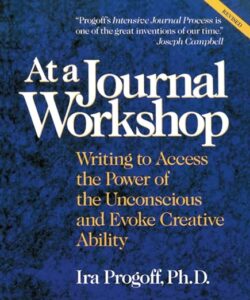
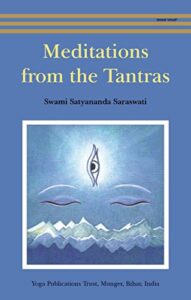
 (LINK)
(LINK)